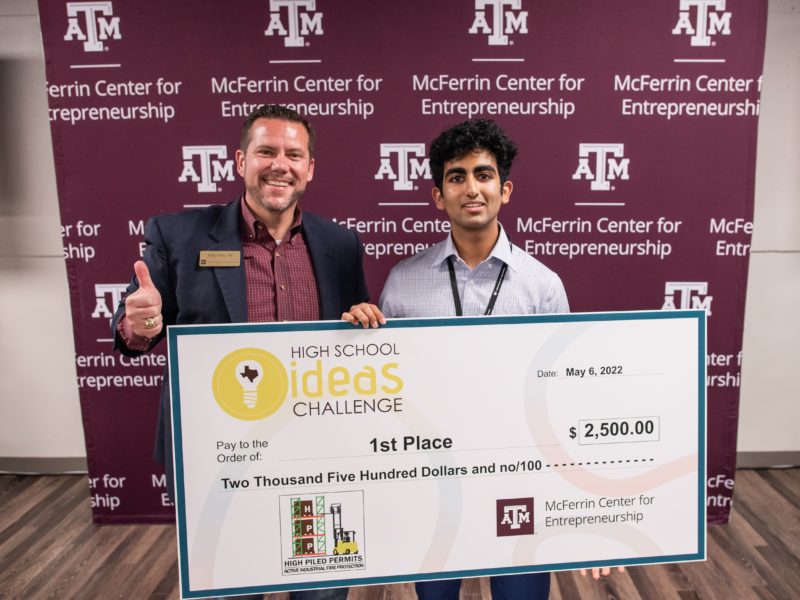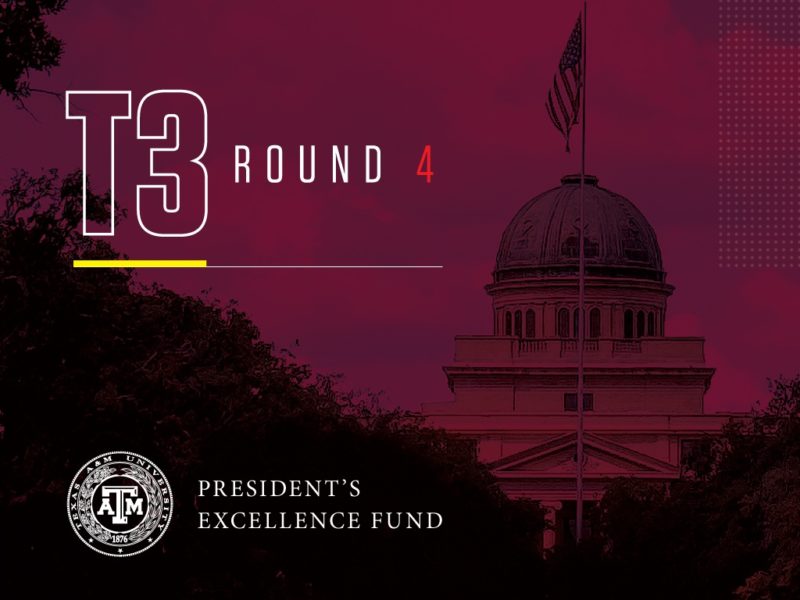
Dr. Harry B. Gray, the Arnold O. Beckman Professor of Chemistry at the California Technical Institute and founding director of the Beckman Institute at Caltech, is the 2018 recipient of the F.A. Cotton Medal for Excellence in Chemical Research named for one of the most honored faculty members in Texas A&M University history.
The medal is jointly awarded each year by the Texas A&M Department of Chemistry and the Texas A&M Section of the American Chemical Society (ACS) in tribute to Dr. Albert Cotton, a Texas A&M distinguished professor of chemistry widely considered one of the world’s foremost inorganic chemists who passed away on February 20, 2007. He was the inaugural recipient of the medal when it was first awarded in 1995.
Gray, a professor in the Division of Chemistry and Chemical Engineering at Caltech since 1966, earned his Ph.D. in inorganic chemistry at Northwestern University in 1960 and completed postdoctoral studies at the University of Copenhagen before beginning his independent career at Columbia University. During the past six decades at both Columbia and Caltech, his research program has addressed a wide range of fundamental problems in inorganic chemistry, biochemistry and biophysics. Electron-transfer (ET) chemistry is a unifying theme for much of this research. He has published more than 900 research papers and 18 books that have helped form the basis of modern education in inorganic chemistry.
In the early 1960s at Columbia, Gray developed ligand field theory to interpret the electronic structures and reactions of transition metal complexes. Once he moved to Caltech, he began work in inorganic photochemistry that led to the development of light absorbers and robust catalysts for production of solar fuels. He also began research in biological inorganic chemistry, focusing on investigations of the mechanisms of metalloprotein redox reactions. In the course of this work, he and coworkers demonstrated that electrons can tunnel rapidly over long molecular distances through folded polypeptide structures. This discovery opened the way for experimental and theoretical work that shed new light on the mechanisms of electron flow through proteins that function in respiration and photosynthesis.
“Professor Harry B. Gray has been a leader in the area of inorganic chemistry from the very start of his academic career at Columbia,” said Texas A&M Distinguished Professor of Chemistry Dr. Donald J. Darensbourg. “There, he pursued bonding and structure of coordination complexes and ligand substitution processes. Following his early move to Caltech, he focused his group’s efforts on bioinorganic chemistry, with a particular interest in electron-transfer chemistry. In particular, he is responsible for spectacular research describing long-range redox processes in proteins.”
Interestingly, Gray’s many international accolades mirror that of the Cotton Medal’s namesake. Like Cotton, he has earned the National Medal of Science (1986), the Priestley Medal (1991) — the highest honor given by the American Chemical Society — the National Academy of Sciences Award in Chemical Sciences (2003), the highly prestigious Wolf Prize in Chemistry (2004) — viewed by many scholars as having the status of a Nobel Prize — and the Robert A. Welch Award in Chemistry (2009). In addition to a litany of other major awards, he has been presented with 20 honorary doctorates.
In addition to the National Academy of Sciences and the American Academy of Arts and Sciences, Gray is a member of the American Philosophical Society, the Royal Danish Academy of Sciences and Letters (foreign member), the Royal Swedish Academy of Sciences, the Royal Society of Great Britain and the Accademia Nazionale dei Lincei.
Gray is principal investigator of the National Science Foundation CCI Solar Fuels Program and a director of University Science Books. He served on the Council of the National Academy of Sciences (1986-1989) and on the Governing Board of the National Research Council (1986-1989). In addition, he was president of the Society of Biological Inorganic Chemistry (2002-2004), chairman of the Board of Trustees of the Gordon Research Conferences (2000) and chairman of the Board of Directors of the Arnold and Mabel Beckman Foundation (2013-2015).
“Harry is not only a brilliant scientist, he is also a super human being, well-loved around the world for his humor and generosity,” Darensbourg said. “He has mentored a large number of students and postdoctoral fellows who are themselves leaders and future leaders in inorganic chemistry and its interdisciplinary areas.”
Cotton came to Texas A&M as the Robert A. Welch Distinguished Professor of Chemistry at Texas A&M University in 1972 from MIT, where at age 31 in 1961, he had become the youngest MIT faculty member to attain the rank of full professor. His pioneering 35-year career at Texas A&M revolutionized several fields of chemistry, including inorganic chemistry, protein chemistry, structural chemistry and chemical bonding. Cotton was the originator of and leading authority in the field of compounds containing single and multiple bonds between metal atoms. His other principal contributions dealt with protein structure, spectroscopic studies of metal carbonyls, and the dynamic behavior of fluxional organometallic and metal carbonyl compounds.
###
This story by Shana K. Hutchins originally appeared on the College of Science website.





